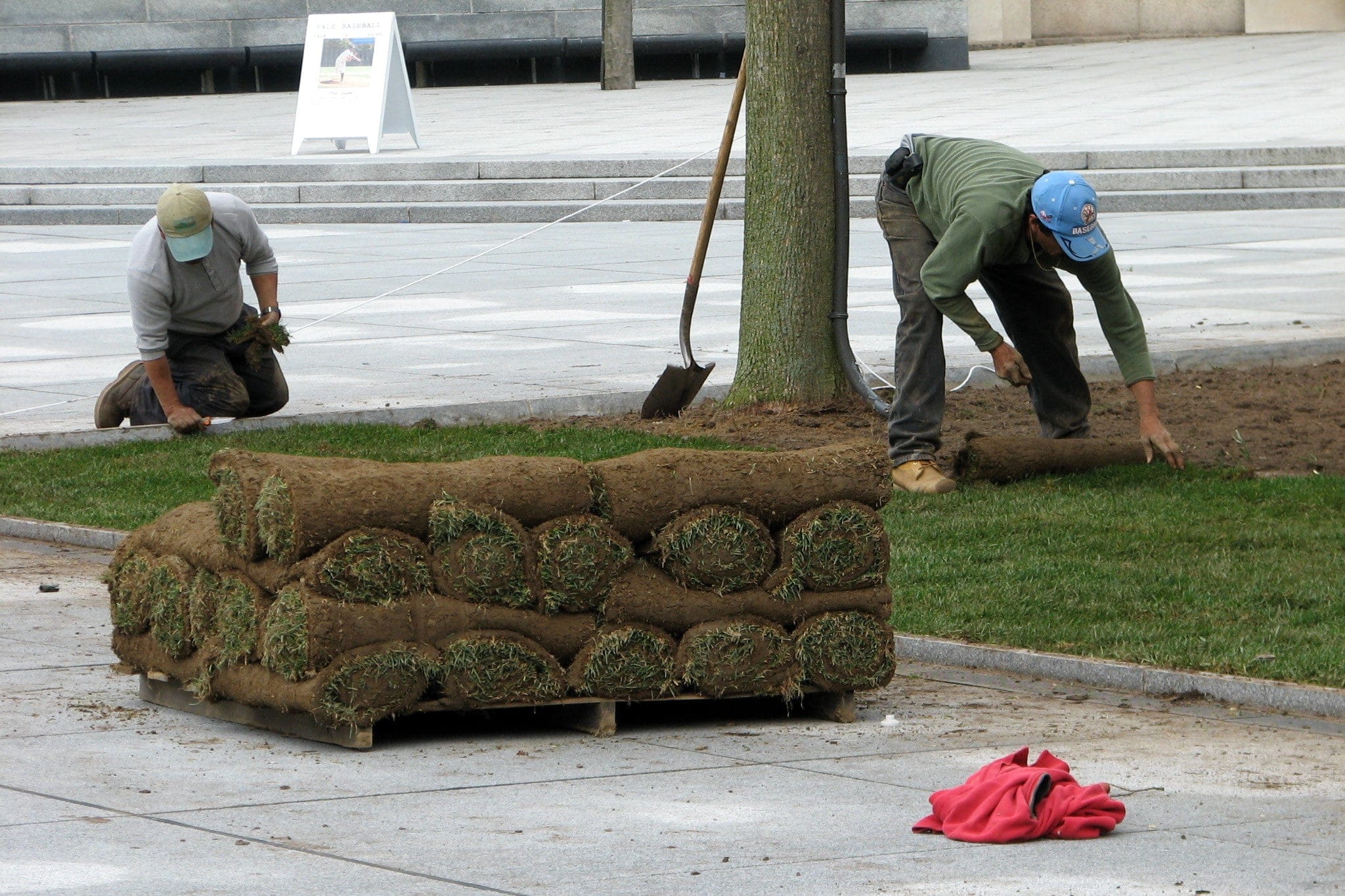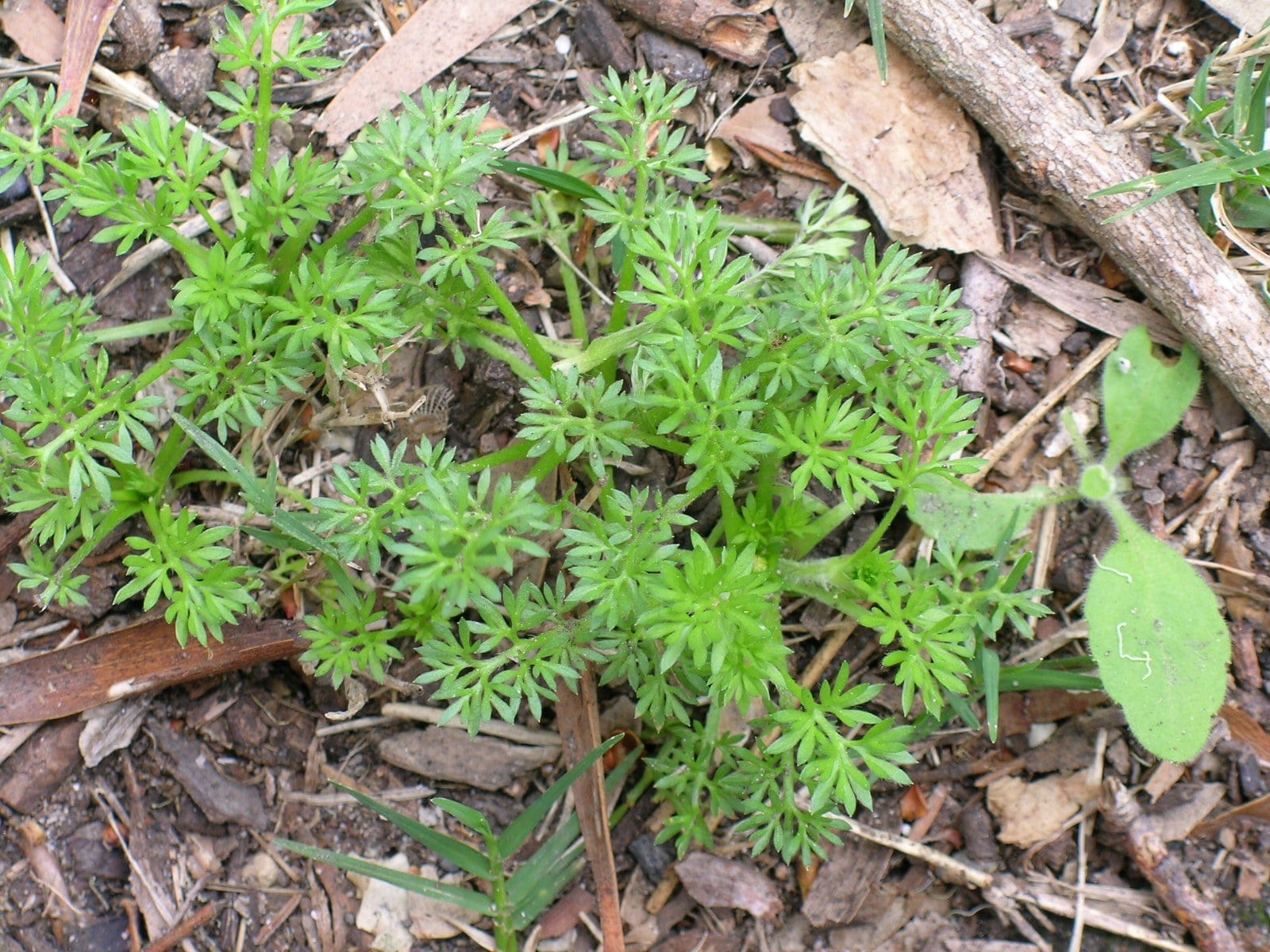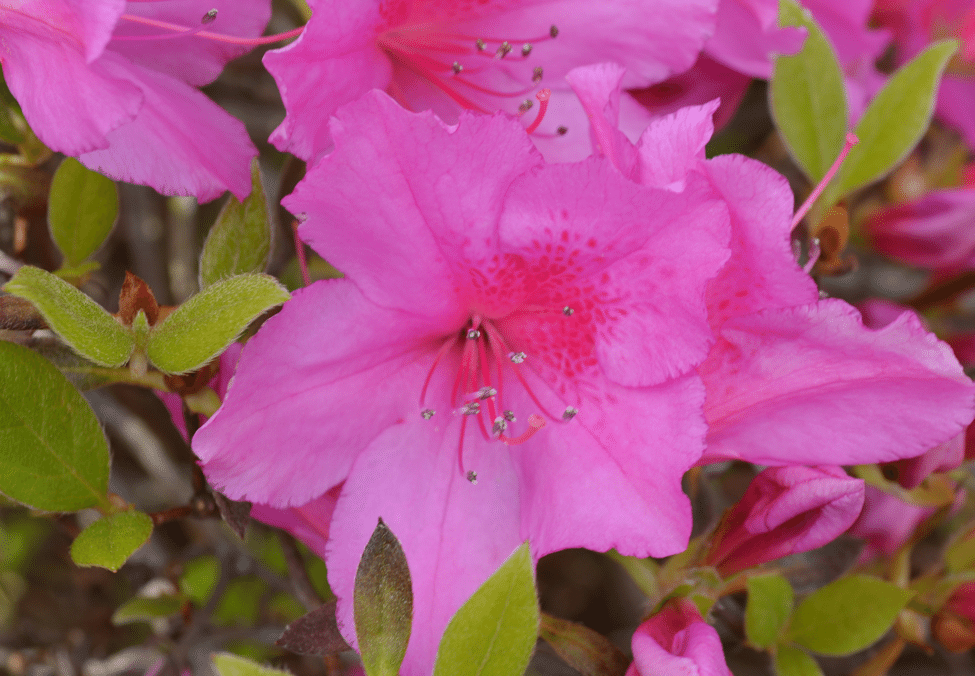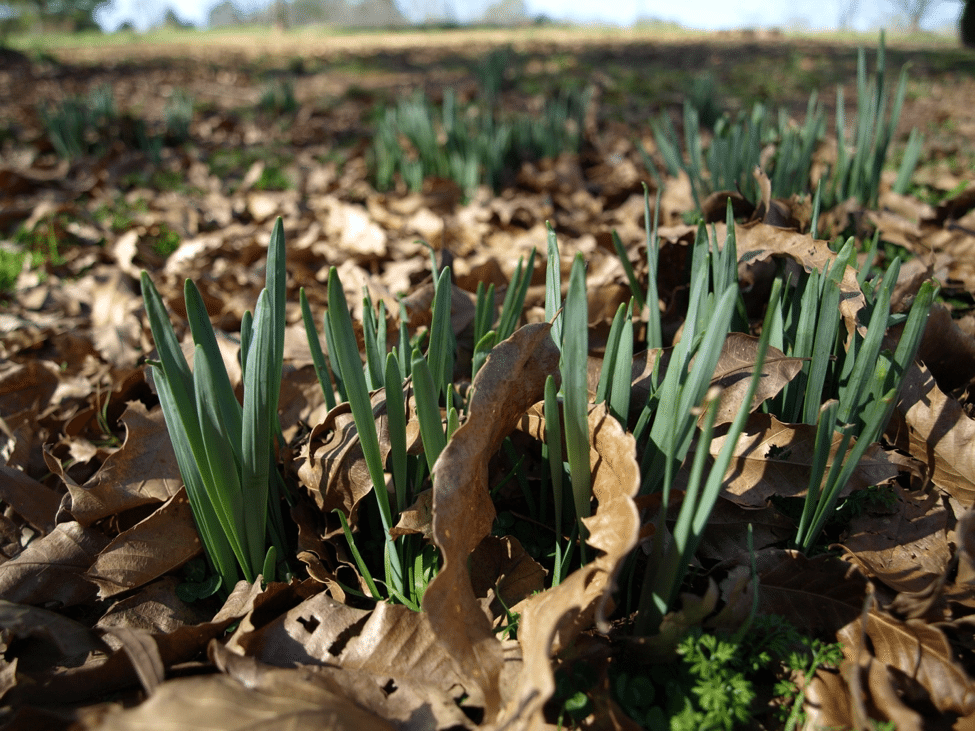The Georgia Urban Ag. Council has released their twenty-second annual sod producer survey outlining the inventory levels and pricing data for spring 2016. The sod forecast provides the green industry with valuable insight when estimating expenses and availability for the upcoming season. Dr. Clint Waltz, Extension Turfgrass Specialist with the University of Georgia, notes that the inventory for all warm-season species is expected to improve marginally over the previous two years and half of the larger growers predict a poor supply of bermudagrass for early 2016. Sod prices for 2016 are expected to stabilize at 4% to 15% over 2015.
Looking ahead, 57% of growers have indicated an increase in production acreage for 2016 to meet the anticipated market demand for 2017 and 2018. According to Waltz, there are still 45% to 52% fewer acres in turfgrass production relative to pre-recession levels, but it appears that the total acres in turfgrass production are rebounding. His advice: “Don’t let sticker shock curtail projects, plan ahead.”
For the full report, refer to the January/February 2016 issue of Urban Ag Council Magazine or visit www.GeorgiaTurf.com.
Hyperlink:<www.commodities.caes.uga.edu/turfgrass/georgiaturf/Publicat/Sod_Survey/2016%20Sod%20Survey%20UAC.pdf>




